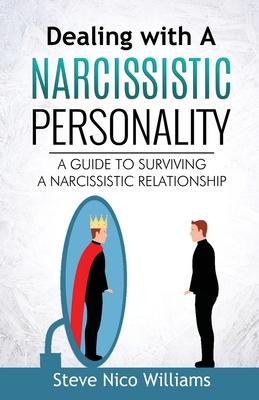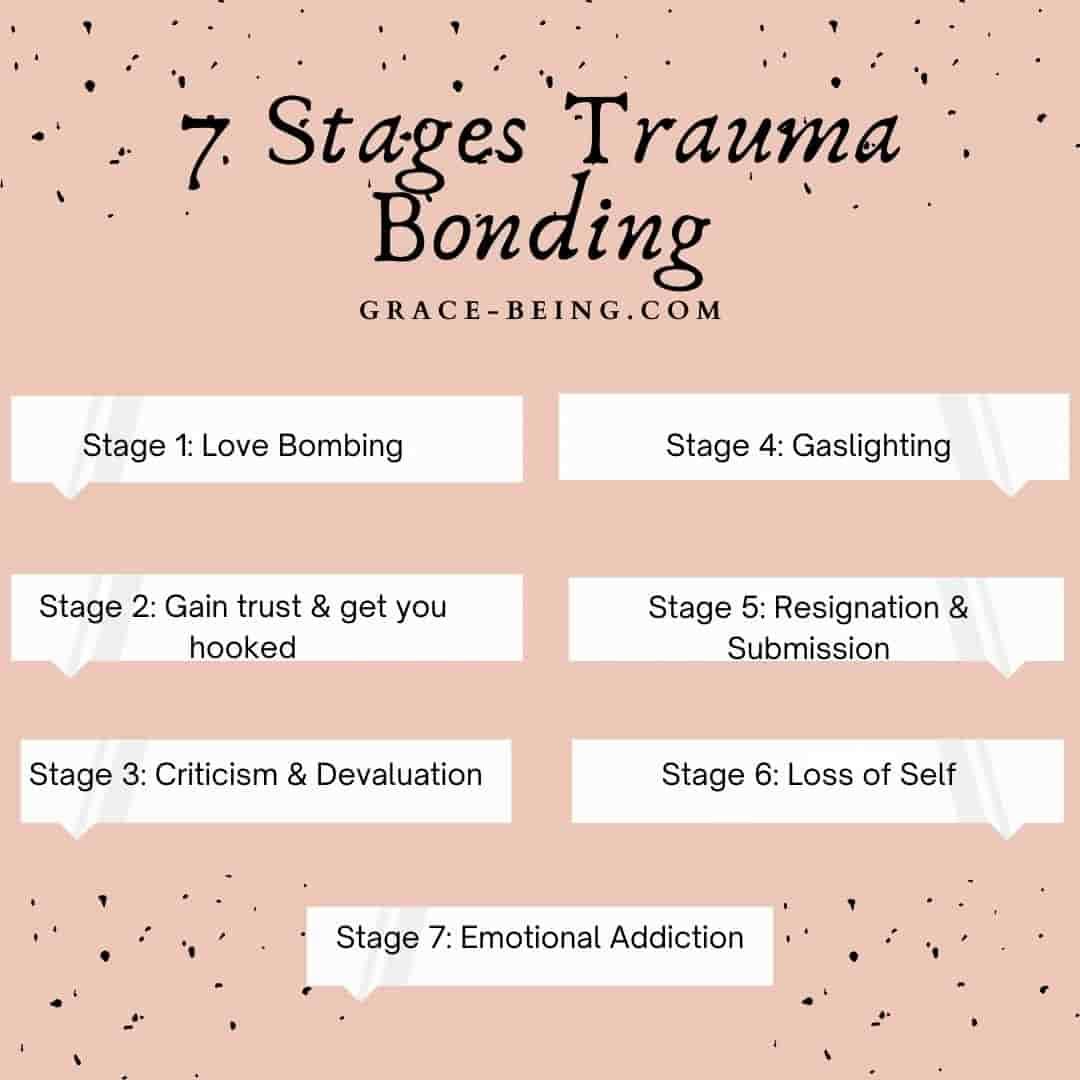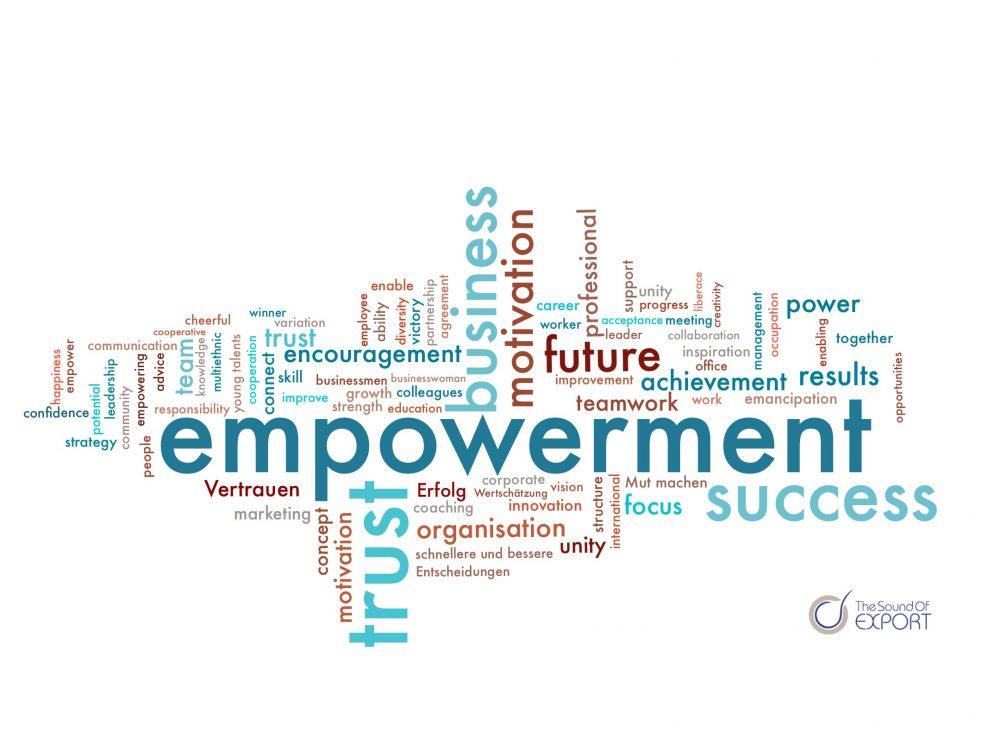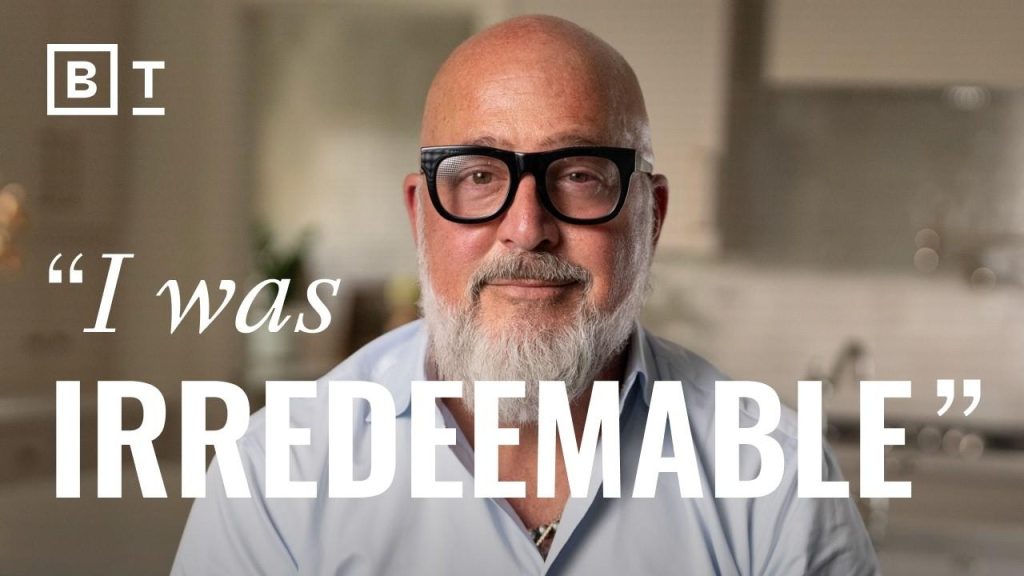Introduction: Understanding the Struggle of Leaving a Narcissistic Relationship
In the complex landscape of relationships marked by narcissistic behavior, the reasons for staying can be as intricate as the dynamics themselves. The YouTube video titled “I’m NOT trauma bonded but I CAN’T leave the narcissist” sheds light on a difficult yet crucial distinction: not every individual trapped in a toxic relationship is bound by trauma. Many recognize the toxicity clearly and yet find themselves unable to break free due to a myriad of reasons—financial constraints, concern for children, fear of escalating conflict, or cultural obligations.
This blog post aims to explore these profound nuances, discussing the thoughts and feelings that can keep someone tethered to a narcissistic partner, even when clarity about the situation is apparent. While trauma bonding can often be a grey area, the video emphasizes that some people remain in a relationship not out of dependency but due to external pressures and internal fears. As we delve into this topic, we will consider the impact of these dynamics, looking beyond the emotional turmoil to understand the various forms of entrapment that can exist in such relationships. Join us as we uncover the layers of emotion, fear, and reasoning that contribute to the struggle of leaving a narcissist, and provide insights and support for those navigating this challenging terrain.
Table of Contents
- Understanding the Complex Emotional Landscape of Leaving a Narcissistic Relationship
- Recognizing the Distinction Between Trauma Bonding and Practical Constraints
- Navigating the Challenges of Leaving: Financial, Custodial, and Cultural Considerations
- Empowering Yourself: Strategies for Gaining Independence from Toxic Dynamics
- Q&A
- In Summary
Understanding the Complex Emotional Landscape of Leaving a Narcissistic Relationship

Leaving a narcissistic relationship can be riddled with complexities that go beyond just emotional attachment. Many individuals find themselves in this situation despite not being trauma bonded; rather, they recognize the toxicity yet feel trapped due to various external factors. Fear of what leaving might entail, especially concerning responsibilities such as minor children, financial instability, or cultural expectations, often weighs heavily on their decision to stay. They might contemplate the potential fallout from family court decisions, worrying that a narcissistic partner would manipulate custody arrangements. This creates a pernicious dilemma, where the desire for independence battles against the mundane realities of life that keep them anchored.
Moreover, the clarity of understanding the relationship’s detrimental effects does not necessarily equate to freedom from it. Even when one acknowledges the narcissist’s harmful behavior, there may still be lingering hope for change or fear that leaving could worsen the situation. This can lead to a cycle of rumination and the mental burden of making excuses for staying, despite knowing that their situation is untenable. The internal struggle often reveals itself as a blend of panic, hopes, and regrets, creating a paralyzing environment in which the individual feels they can’t fully disconnect, despite wishing the relationship would simply dissolve. Thus, it becomes crucial to navigate this emotional landscape with both insight and assistance, paving the way for a healthier, liberated future.
Recognizing the Distinction Between Trauma Bonding and Practical Constraints

It’s crucial to differentiate between the emotional grip of trauma bonding and the various practical constraints that may prevent someone from leaving a toxic relationship. Many individuals who remain stuck in detrimental situations may not be trauma bonded but instead face external barriers that confine them. These barriers can include responsibilities such as caring for minor children, financial dependencies, or cultural and societal pressures. Unlike trauma bonding, where the emotional ties are ambiguous and complex, practical constraints are often concrete and identifiable. Individuals in such circumstances can clearly recognize the toxicity of their relationship and may wish to escape, yet feel trapped by factors that are outside their immediate control.
Addressing these practical constraints requires a realistic approach that acknowledges the difficult emotions involved. While the desire to leave may be strong, fears associated with custody disputes or financial instability can be paralyzing. For some, the dread of prolonged interaction with a narcissistic partner amplifies the feeling of being stuck, but they understand that their situation is not a reflection of their emotional attachment; rather, it is a series of logistics and safety concerns that inhibit action. Engaging with supportive communities and seeking professional guidance can provide clarity and help navigate these complex issues, affirming that there are pathways to freedom that involve planning and strategic thinking rather than a simple emotional response.
Navigating the Challenges of Leaving: Financial, Custodial, and Cultural Considerations

Leaving a narcissistic relationship can be overwhelmingly complex, with individuals often finding themselves trapped by a web of financial, custodial, and cultural factors. For many, the fear of instability looms large; minor children become a significant concern as parents often navigate the treacherous waters of family court. The dread of being embroiled in a legal battle can lead to feelings of helplessness, particularly when one partner may leverage their parenting duties as a tool of manipulation or control. As such, those wishing to escape may feel forced to stay in a situation they recognize as harmful, only to protect their children from potential repercussions. Additionally, financial dependencies may bind individuals to their partners; thoughts of crippling child support or alimony can deter breakaway attempts, leading to a constant battle between the desire for freedom and the need for security.
Cultural considerations further complicate this dilemma. In some communities, there may be an overwhelming stigma attached to leaving a relationship, especially one marked by public perception. The fear of being ostracized or judged by family and friends can weigh heavily, contributing to a sense of isolation. Furthermore, safety concerns can play a pivotal role in keeping individuals from acting on their intentions. Those who have experienced aggressive behaviors from a partner may feel physically at risk if they try to leave. The fear of retaliation often fosters a mental loop of ruminative thoughts around the dependency on a narcissistic person, forcing them to stay when every part of them wishes to be free. Understanding these multifaceted challenges is crucial as it highlights the importance of comprehensive support systems tailored to individual needs.
Empowering Yourself: Strategies for Gaining Independence from Toxic Dynamics

html
To empower yourself in a situation where exit seems challenging, first focus on recognizing your circumstances and understanding your emotions related to the relationship. It’s crucial to differentiate your feelings from actions—acknowledge the fear and anxiety that arise but resist the urge to let those emotions dictate your choices. Consider keeping a journal where you document your thoughts and feelings, as this can help clarify what you truly want and need. Additionally, make a list of your reasons for wanting to leave, which serves as a potent reminder of your motivations when doubt creeps in. Surround yourself with supportive individuals who acknowledge your plight without judgment, offering perspectives that reinforce your autonomy and well-being.
Next, explore practical strategies to increase your independence while still in the relationship. Set boundaries that protect your emotional and physical space; this could mean limiting interactions or specifying topics of discussion. Assess your finances and look for opportunities to build economic stability, which can be a significant factor in gaining the freedom to leave. Consider creating a visual roadmap of your goals—this could include a timeline for gradually increasing your self-sufficiency and breaking free from reliance on the narcissist. Lastly, seek professional guidance if possible; a therapist familiar with toxic relationships can provide you with tools tailored to your unique situation, ultimately fostering a stronger sense of self and clarity for your future.
Q&A
Q&A: Navigating the Complexities of Leaving a Narcissistic Relationship
Q: What does it mean to not be trauma bonded in a relationship with a narcissist?
A: Not being trauma bonded means that while you may still be attached to the narcissist, your feelings are not driven by fear and manipulation. You see the relationship for what it is, recognizing the toxicity and the lack of growth prospects. The emotional connection present in trauma bonds often involves cycles of idealization and devaluation, leading to confusion and a psychological grip. In contrast, those who are aware they’re in a toxic relationship may desire to escape but feel trapped due to various factors beyond emotional bonds [1[1].
Q: What are some reasons someone might stay in a toxic relationship with a narcissist despite not being trauma bonded?
A: There are multiple reasons why someone might remain in such a relationship, including:
- Children: Concerns over custody and the well-being of minors can keep individuals anchored to a narcissistic partner. Fear of a hostile custody battle can amplify the desire to stay, even when one recognizes the toxic dynamics [2[2].
- Financial Issues: Financial dependence can severely limit one’s options. Those stuck financially often dream of a sudden windfall to facilitate leaving [5[5].
- Safety Concerns: In some cases, individuals may fear for their safety or the safety of their children if they choose to leave [4[4].
- Cultural or Familial Pressures: Societal expectations or fear of losing family connections can also play a significant role in someone choosing to stay in a relationship that they know is harmful [3[3].
Q: How does the concept of hope play into the decision to stay with a narcissist?
A: Hope can create a profound internal conflict for those in toxic relationships. Individuals may cling to the belief that their partner could change for the better, especially after a pattern of intermittent reinforcement from the narcissist—that is, moments of kindness amidst otherwise abusive behavior. This hope can lead to feelings of panic at the thought of leaving, even when they can intellectually acknowledge the need to go [2[2].
Q: What should someone do if they find themselves in this situation?
A: If you find yourself unable to leave a toxic relationship, consider the following steps:
- Seek Professional Help: A therapist can help unravel attachments and provide strategies for leaving. They can also help you process feelings of fear and anxiety associated with the relationship [3[3].
- Create a Safety Plan: If leaving is complicated by safety concerns, it’s essential to devise a plan that prioritizes your well-being and that of your children.
- Evaluate Your Resources: Look into support systems such as friends, family, or community resources that can provide emotional and practical assistance [5[5].
- Educate Yourself: Understanding the dynamics of narcissistic relationships can empower you. There are numerous resources available that explain what to look for and how to cope [4[4].
recognizing that you are not trauma bonded while feeling unable to leave a narcissistic relationship highlights the complex interplay of emotional, situational, and psychological factors. Taking steps towards understanding your specific reasons for remaining can empower you to make informed choices about your future.
In Summary
As we wrap up this exploration of the complex emotions surrounding narcissistic relationships, it’s clear that the journey is not straightforward. The distinction between being trauma bonded and simply feeling trapped is vital for understanding your emotional landscape. Many individuals find themselves caught in toxic dynamics not because they are ensnared by trauma bonds, but due to a myriad of other challenges—financial constraints, fear of family court repercussions, or cultural expectations.
If you resonate with the struggles discussed and are grappling with feelings of helplessness, know that you are not alone. Recognizing your situation is a crucial step, and by acknowledging these feelings, you can begin to strategize your path forward. Remember, clarity amidst confusion is a powerful ally; trust in your ability to navigate this terrain.
Whether you dream of financial freedom to break away or envision a future less impacted by the narcissistic energies in your life, it’s important to keep seeking support. There are resources and communities out there that understand your plight and can offer guidance.
While the path may seem daunting now, every step you take towards understanding your situation is a step toward reclaiming your power. Take one day at a time and remain hopeful; change is possible, and you deserve a life of peace and autonomy.


